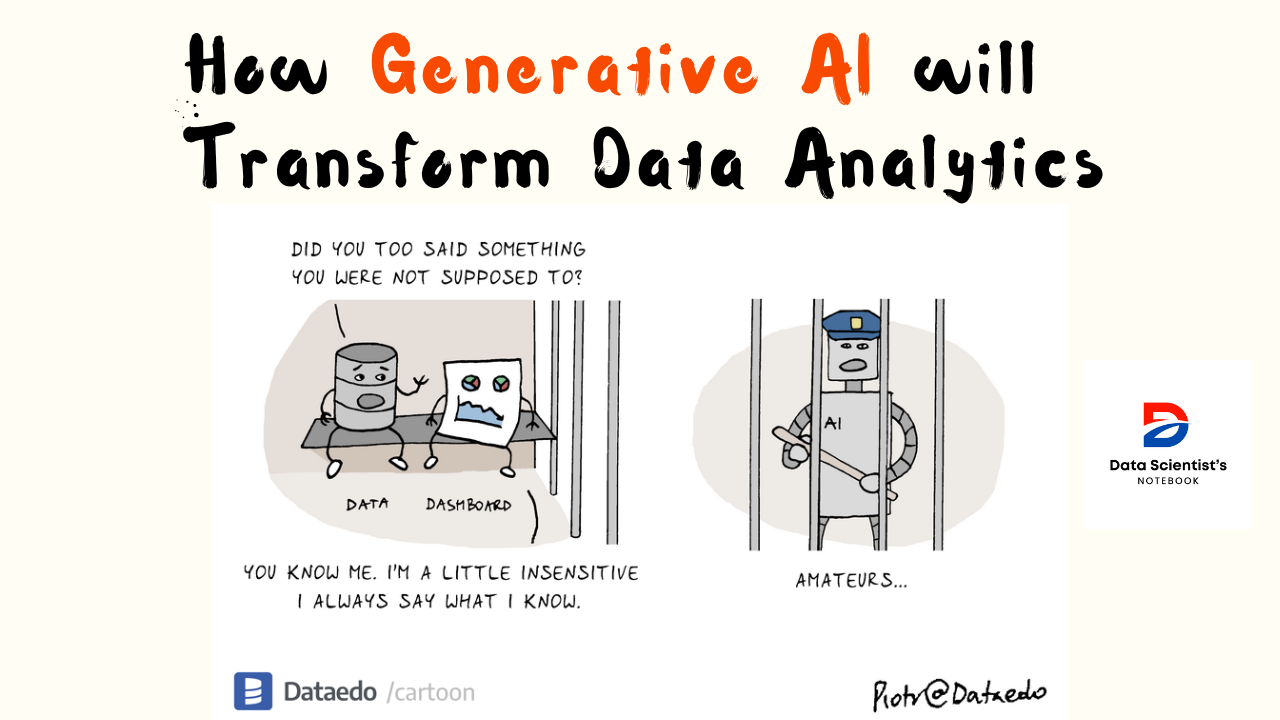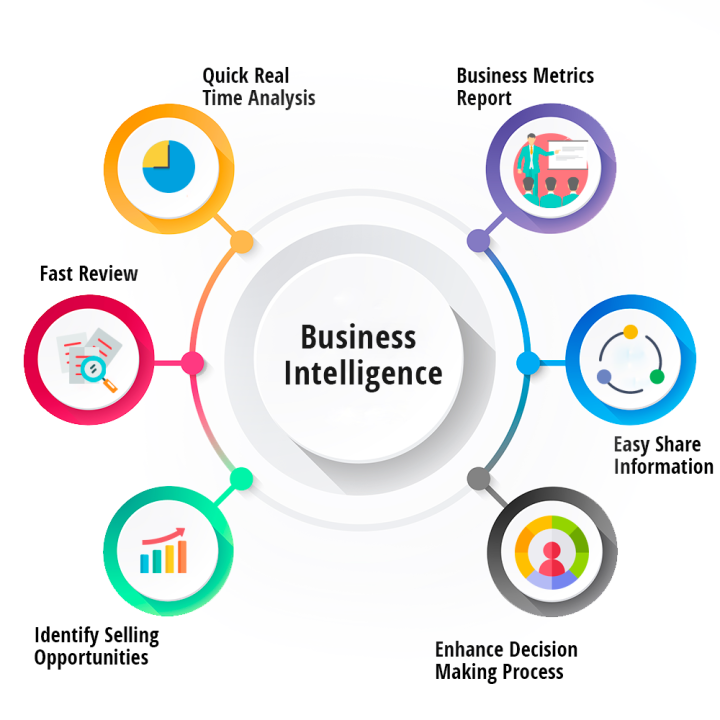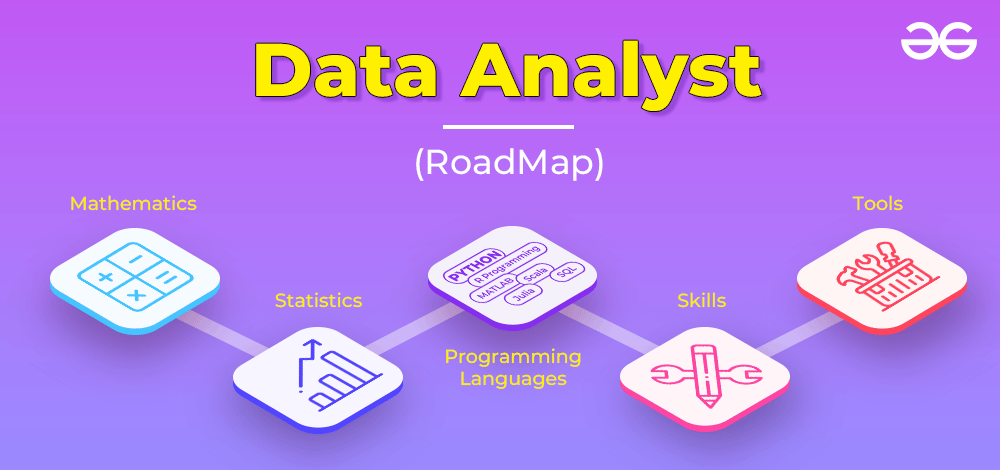How Generative AI Is Transforming Data Analytics in 2025: From Data Prep to Decision-Making
- Jul 28, 2025
- Data Analytics
- 431 Views
By Varshhaa Singh
🔍 What’s Happening?
For years, data analytics has helped businesses understand the past and plan for the future. But it often required technical skills—knowing SQL, writing Python scripts, or building dashboards.
Now, with the rise of Generative AI (GenAI) tools like ChatGPT, Power BI Copilot, and ThoughtSpot Sage, everything is changing. Analytics is becoming more conversational, automated, and intelligent—making it easier for anyone to explore and use data.
This blog explores how GenAI is reshaping each stage of the analytics journey.
🧩 1. Data Exploration: Ask Questions, Get Answers—No SQL Needed
Before:
To get insights from data, you needed to:
-
Know where the data lives
-
Write SQL or build dashboards
-
Interpret charts and graphs
Now with GenAI:
You can just ask a question in plain English:
“How many customers did we lose last month?”
“What’s the most profitable product this quarter?”
And get:
-
A direct answer (e.g., “132 customers churned in June”)
-
A chart or table
-
Even a follow-up suggestion like:
“Would you like to see customer churn by region?”
🧹 2. Data Cleaning & Transformation: AI Can Now Write the Code for You
Before:
Cleaning data took hours—renaming columns, fixing formats, and joining tables. You’d write Python or SQL scripts manually.
Now with GenAI:
You can describe the problem in plain words:
“Clean this dataset and remove duplicate rows. Make sure dates are in DD-MM-YYYY format.”
And GenAI will generate the code for:
-
Removing duplicates
-
Parsing and transforming columns
-
Standardizing formats
📌 This speeds up data prep by 50–70%, especially for non-engineers.
📈 3. Insight Generation: From Dashboards to Data Stories
Before:
Dashboards required users to figure out what was happening by reading graphs.
Now with GenAI:
BI tools explain the "why" in plain English:
“Revenue increased 14% due to a spike in online orders, especially in the electronics category.”
These summaries are dynamic, tailored to the user's data, and updated in real-time.
🎯 Tools Making This Happen:
-
Power BI Copilot (narrative summaries)
-
Tableau Pulse (real-time contextual alerts)
-
Narrative Science (auto-generated insights)
⚙️ 4. Action & Decision-Making: No More Copying Data into Slides
Before:
You saw data in one place, discussed it in another (emails, meetings), and took action somewhere else (CRM, spreadsheets, tools).
Now with GenAI + Modern BI:
-
You can ask, “Should I pause ad spend in region X?”
-
The system runs simulations or predicts outcomes
-
You can act—assign tasks, trigger workflows—inside the BI tool
📊 This is what we call Decision Intelligence—where analytics becomes interactive, predictive, and operational.
🎯 Tools Enabling This:
-
Sigma Computing + GPT
-
Tableau Pulse + Slack
-
Microsoft Fabric + Power Automate
-
Einstein Copilot for Salesforce
🧠 5. What Does This Mean for Analysts & Teams?
✅ More time for strategy
Less time cleaning and coding. Analysts can focus on why things are happening and what to do next.
✅ Fewer bottlenecks
Business users don’t need to wait for reports—they can ask questions and explore on their own.
✅ Data becomes a conversation
Just like you talk to Google or Siri, now you can talk to your business data.
🌐 Real-Life Example: A Marketing Manager’s Day in 2025
Let’s say you’re a marketing manager. Here’s how your workday changes with GenAI:
| Task | Before | With GenAI |
|---|---|---|
| Check campaign results | Wait for the BI team to send the dashboard | Ask: “How did Campaign A perform last week?” |
| Clean contact list | Use Excel formulas manually | Ask: “Remove invalid emails and duplicates” |
| Forecast budget | Use old models | Ask: “What happens if I reduce Facebook spend by 20%?” |
| Share insights | Copy to slides and email | Auto-generate summary + email draft |
📣 Final Thoughts: Don’t Just Analyse—Conversationalize
Generative AI is not here to replace data analysts—it’s here to empower everyone to make smarter, faster, and more confident decisions.
With the right tools:
-
Analysts work smarter
-
Business teams become data-driven
-
Organisations move from reactive to proactive
In 2025 and beyond, analytics isn’t just a report—it’s a real-time conversation with your data.





